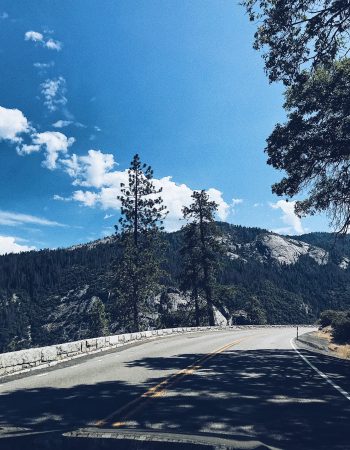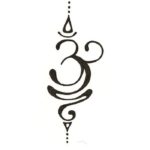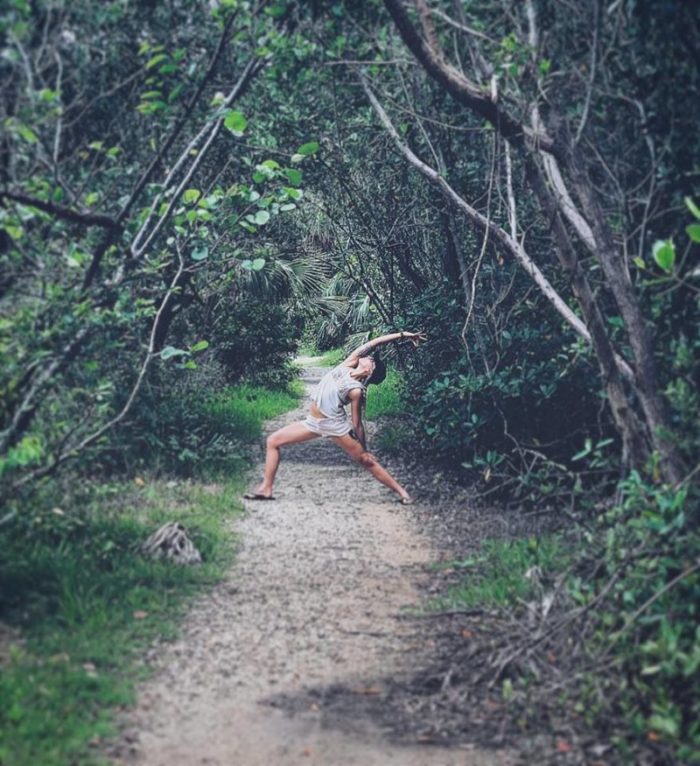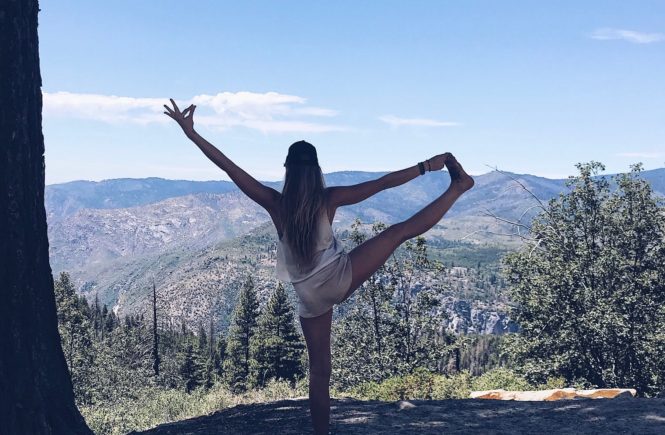In the Eight Limbs of Yoga, the first two limbs, Yama and Niyama, go hand in hand. They complement each other, so to speak. If the Yamas are thought of as external observances, then the Niyamas are the internal observances.
For deeper detail on The Eight-Limbed Path and on Yama (the first limb of yoga), head over here.
In my personal experience, the niyamas are more difficult for someone like myself to balance. I have always had trouble quieting my “monkey mind” and refining my thoughts.
My external tendencies are not quite as complex (for lack of a better word). Understanding, working with, and manipulating the thought process is, I believe, one of the most transformative and challenging practices of all.

Niyama
Niyama is the second limb of yoga. While Yama deals with ethical behaviors or disciplines, Niyama deals with individual disciplines.
Rather than focusing on our relationships with others or the world around us, Niyama puts the emphasis on our relationship with ourselves; our internal world.
There are five Niyamas:
Saucha
Saucha is purity of the body and mind. This is where the physical practice of asana and a clean diet play a crucial role.
Have you ever gone out drinking or eaten a heavy, overly indulgent meal and then tried to practice yoga the next morning? Torture, correct?
Practicing asana and eating a balanced diet cleanses the body internally, while regular bathing and good hygiene cleanses externally. But what good is a pure body alongside a toxic mind? Keeping our mental state clear and free of impurities is an important part of staying grounded.
Simply put, a toxic body and/or mind distracts us from vibrating at our highest level. It detracts from the sense of Self, therefore making it much more difficult to obtain consciousness.
Santosa
Santosa is contentment; contentment with who we are and what we have currently.
“The yogi feels the lack of nothing and so he is naturally content. Contentment gives bliss unsurpassed to the yogi.”
B.K.S Iyengar Light On Yoga
Contentment with the here and now is tranquility. If you are a yoga teacher, it is also a wonderful example to set for your students, and they will be inspired by the inner peace that you radiate.
Tapas
Discipline or austerity. Ahimsa (non-violence) and Brahmacharya (celibacy) are tapas of the body.
Nothing worth having comes easy, and tapas is that necessary struggle and discomfort we sometimes feel along the way. It is always speaking the truth, no matter what may come of us. It is balance and self-control. It is an unwavering commitment to daily practice and growth. Tapas builds character and strength.
Svadhyaya
Svadhyaya translates to self-study. This limb is all about speaking one’s truth. It is about authenticity and accepting our own flaws, while still remaining content with who we are.
It is not merely about instruction, but more so a bond between sadhaka (student) and guru. There is a special connection as well as mutual love and respect.
“The person practicing svadhyaya reads his own book of life, at the same time he writes and revises it. There is a change in his outlook on life. He starts to realize that all creation is meant for bhakti (adoration) rather than for bhoga (enjoyment), that all creation is divine, that there is divinity within himself and that the energy which moves him is the same that moves the entire universe.”
B.K.S Iyengar Light On Yoga
Isvara Pranidhana
This final niyama essentially means to surrender the ego. After that, nothing is left but pure devotion to the Divine.
“When the feeling of ‘I’ and ‘mine’ disappears the individual soul has reached full growth.”
B.K.S. Iyengar Light On Yoga

Conclusion
Together, the Yamas and Niyamas form ethical conduct. Each limb is preparation for the deepest state of meditation or bliss, Samadhi.
For many, it can be deeply confrontational to begin the process of working with the niyamas. Much of it consists of leaving our comfort zones and facing our insecurities head on. But that is part of the process. That is yoga. That is how we reach our highest potential, and it doesn’t happen overnight! Trust the process, friends.

How do you practice Niyama in your daily life? How has the addition (or absence) of Niyama impacted your thought process? Share your journey!



